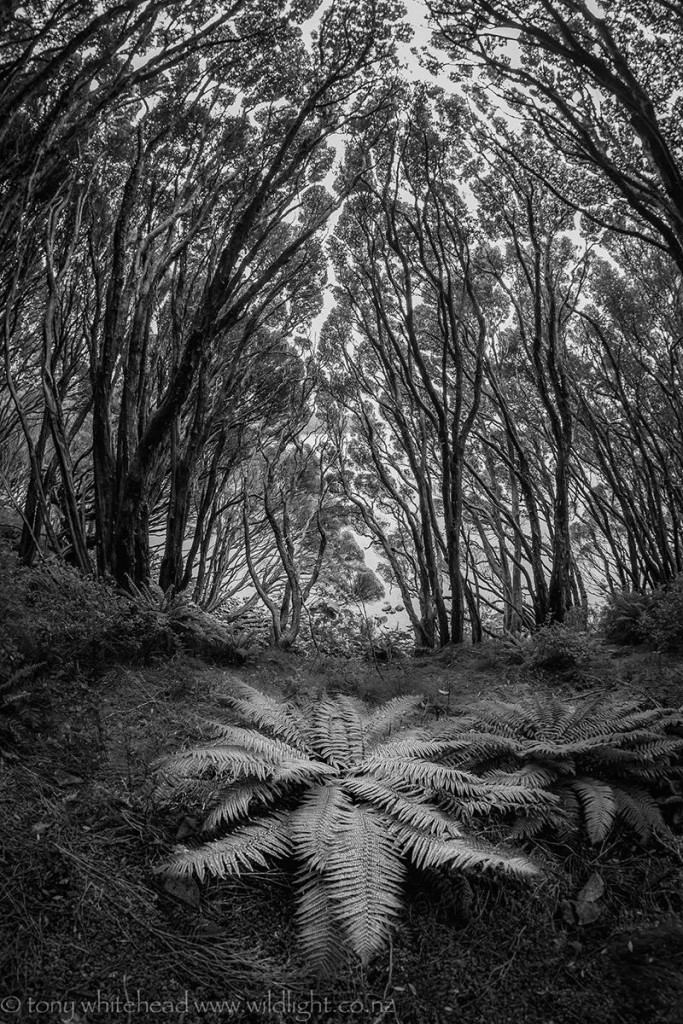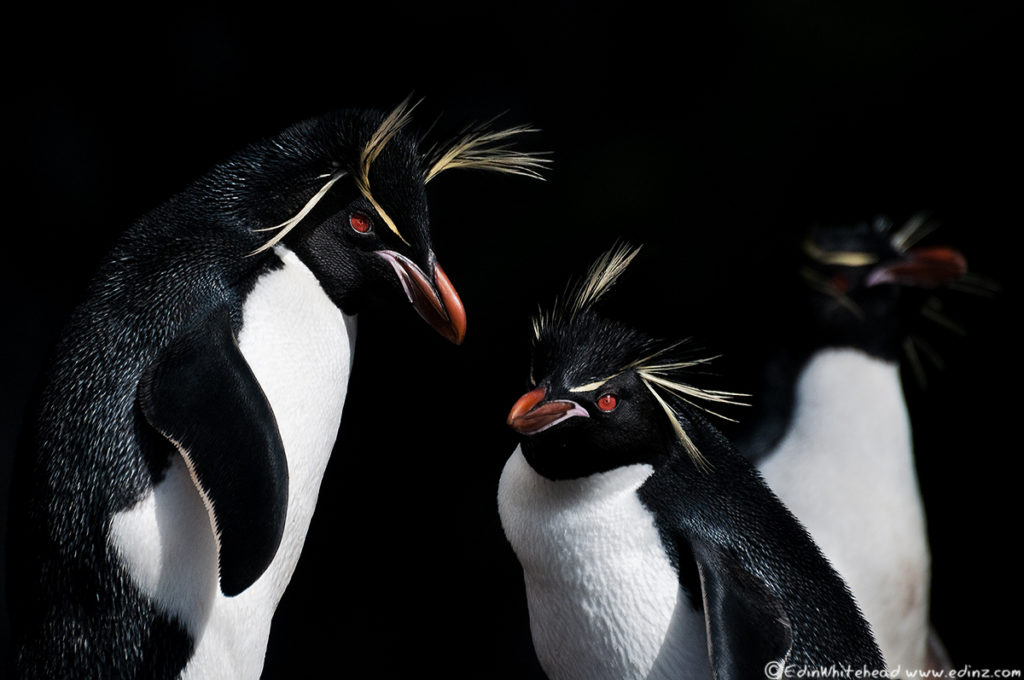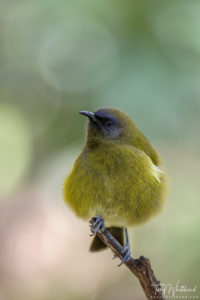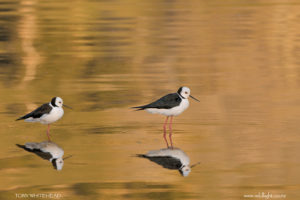The advertising for the Heritage Expeditions, Subantarctics in Focus expedition suggested that it would be a good opportunity to make images for the prestigious annual New Zealand Geographic Photographer of the Year competition. This has proven quite prophetic with both Edin and I having been selected as finalists in the competition with images taken during the trip. While my primary passion is birds I am a generalist outdoor and nature photographer (with occasional forays into Street, Stage and Portraiture!) so my submission included birds, mammals and landscapes. The judges asked for RAW files of images of penguins and a landscape but I was chosen as a finalist based on my landscape image. This was quite interesting as it was an image I had pre-visualised and planned in a way prior to the trip with the intention of using it for the competition. I have been exploring fisheye photos showing paths in forest and bush, at times with human figures small in the frame. Forests are difficult subjects to capture in a way that invokes the feeling of being there and the fisheye lens works well to capture that feeling of being surrounded by reaching trees without the distraction of some of the clutter and detail that is also in the scene. With this in mind I packed my Fuji XT with only one lens, the Samyang 8mm fish-eye, specifically to take photos in the Southern Rata forests of the Auckland Islands. The image I chose to submit for the competition was the Black and White photo of the ferns reclaiming a road that was in the post on the historic Hardwicke settlement. This was specifically taken with the intention of processing and presenting it as a Black and White image and I was pleased with the result after processing with Nik Silver Efex Pro2. It took a bit of work on layers to achieve the result I wanted but succeeded in the end. Some photographers like to make a number of conversions before deciding on their preference but I find that I usually work on a single image addressing issues until I am happy with the result and then leave it. With this image I revisited it after starting to work with Macphun Tonality but found that I preferred my initial SilverEfex version and stuck with that.

Edin has been selected as a finalist for her image of Rockhopper Penguins made the next day at Musgrave Inlet and writes about it in this post on her blog. This is one of the harder exposure challenges to master with a black and white bird in sunlight against a dark background. Recording shadow detail while retaining highlight detail needs precise exposure – often best managed in manual mode. The fact that this image was taken with a D300, an almost 10 year old camera with limited dynamic range by today’s standards, and a relatively cheap Nikon 70-300mm f4.5-5.6 lens, reconfirms the fact that you don’t need the latest and most expensive gear to make great images. This is exactly the same gear that she used for the image that won the NZ Geographic Young Photographer of the Year in 2014 with a high key image of a tern in flight against a white background.

It has been an exciting journey. I received the email advising that I was a finalist and asked to keep it confidential until the public announcement. I had to speak with Edin so contacted her on Facetime and from her expression I knew that she had just received as similar email before she had a chance to say anything. Icing on the cake of our shared adventure. The quality of entries is amazing and it is a privilege to have our work selected amongst such outstanding images. As my friend and multiple BBC Wildlife Photographer of the Year winner, Kim Westerskov, says recognition in competitions bolsters confidence and suggests “Maybe I’m doing OK”.

